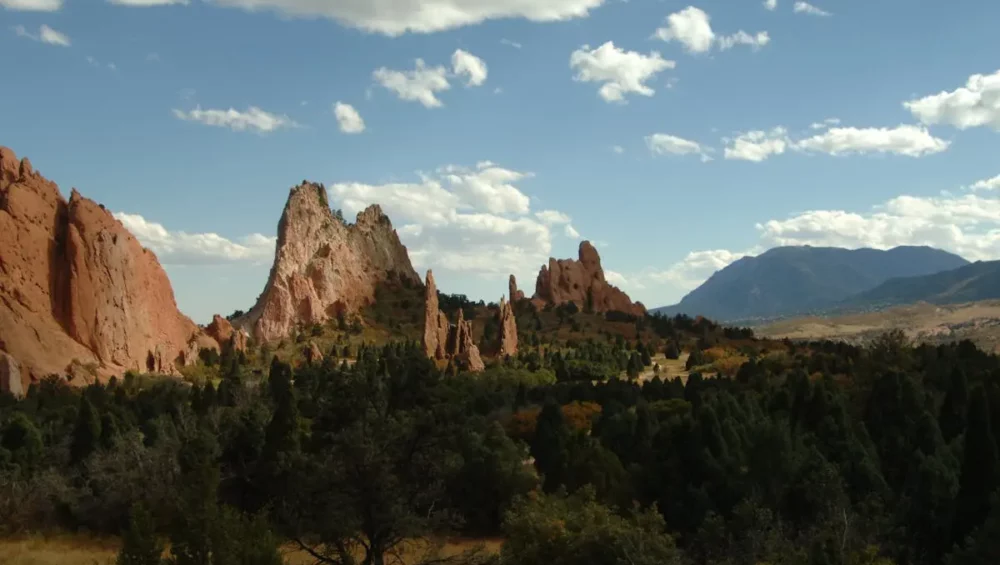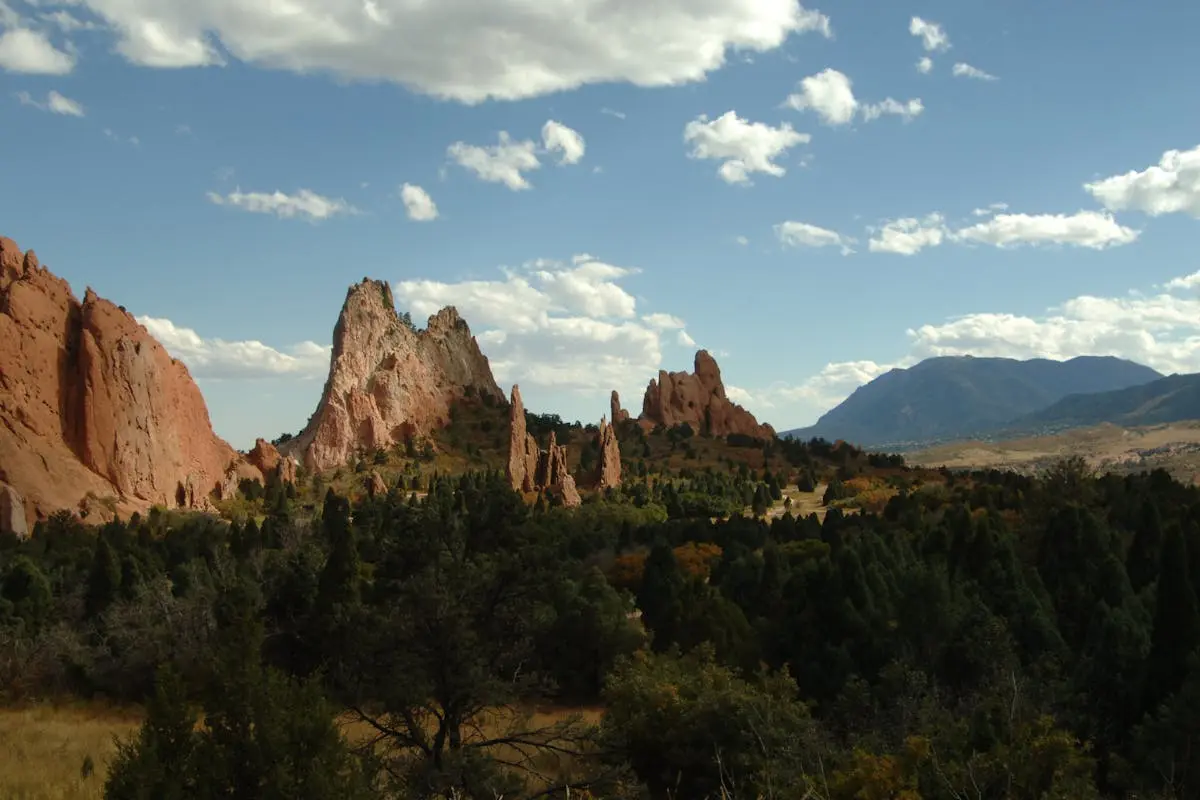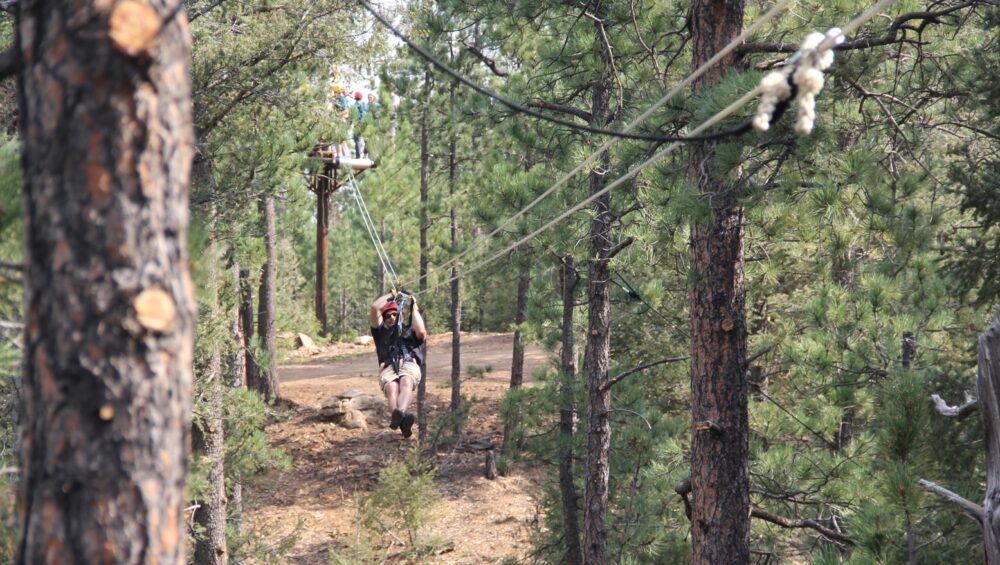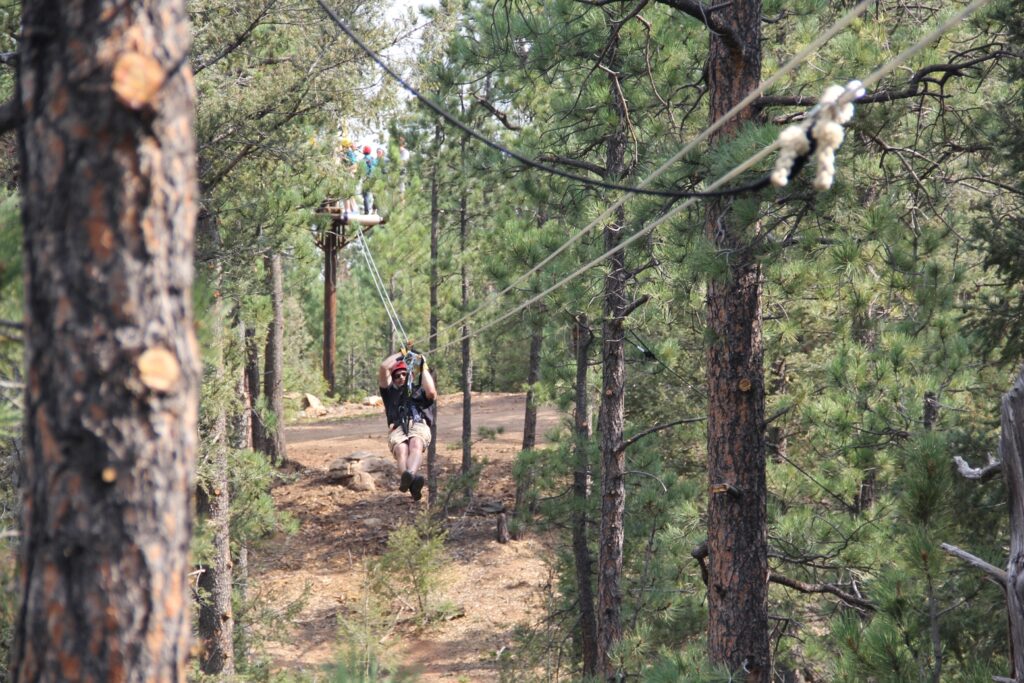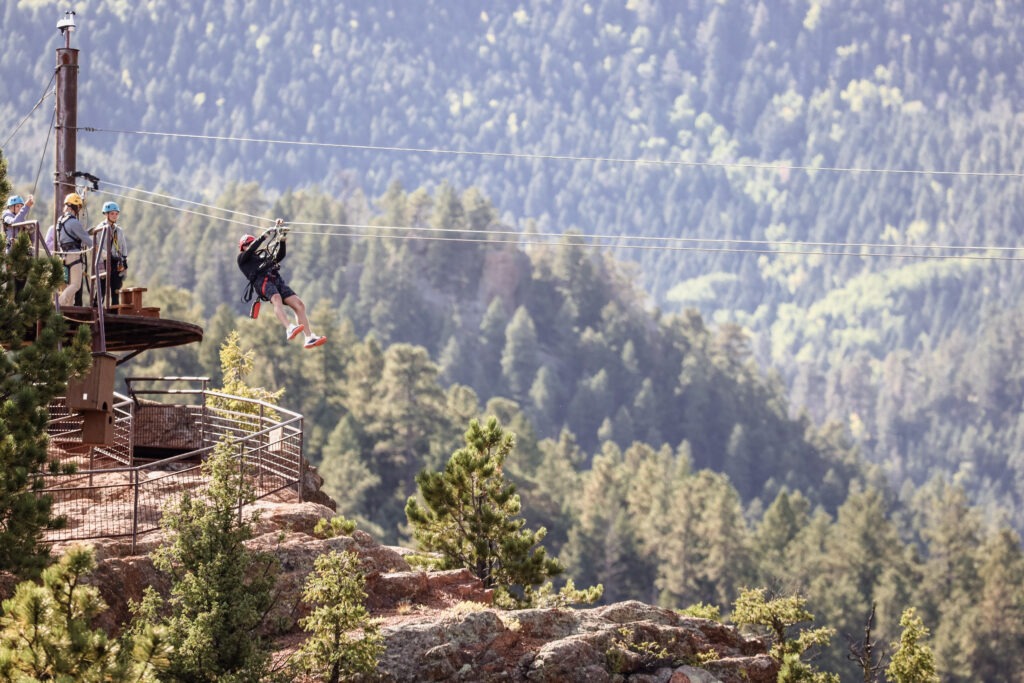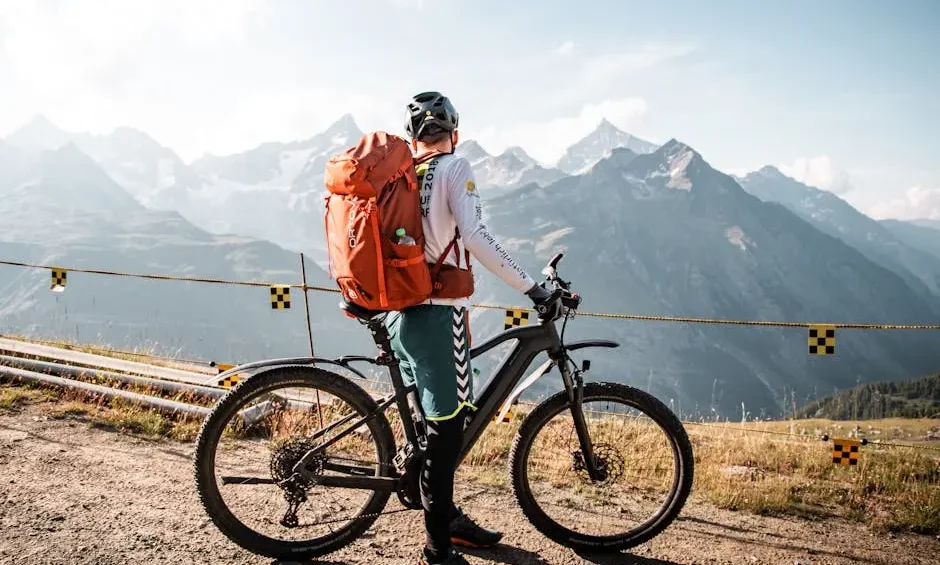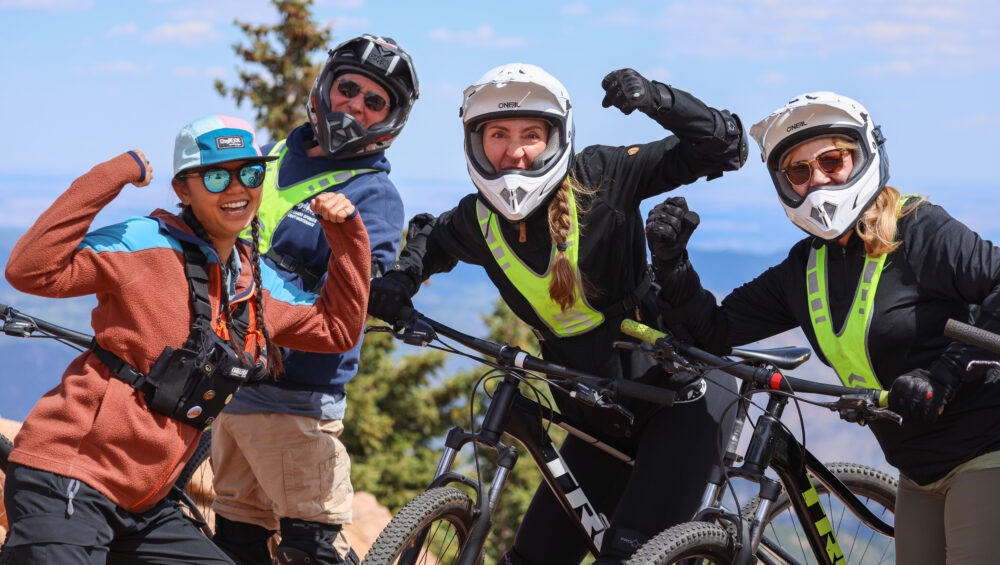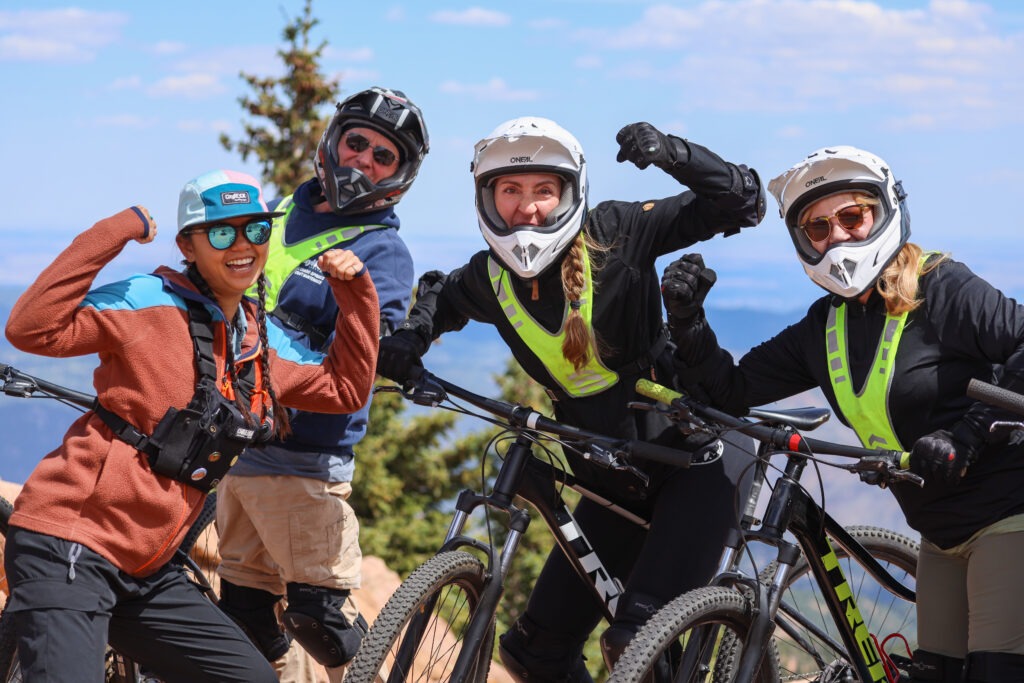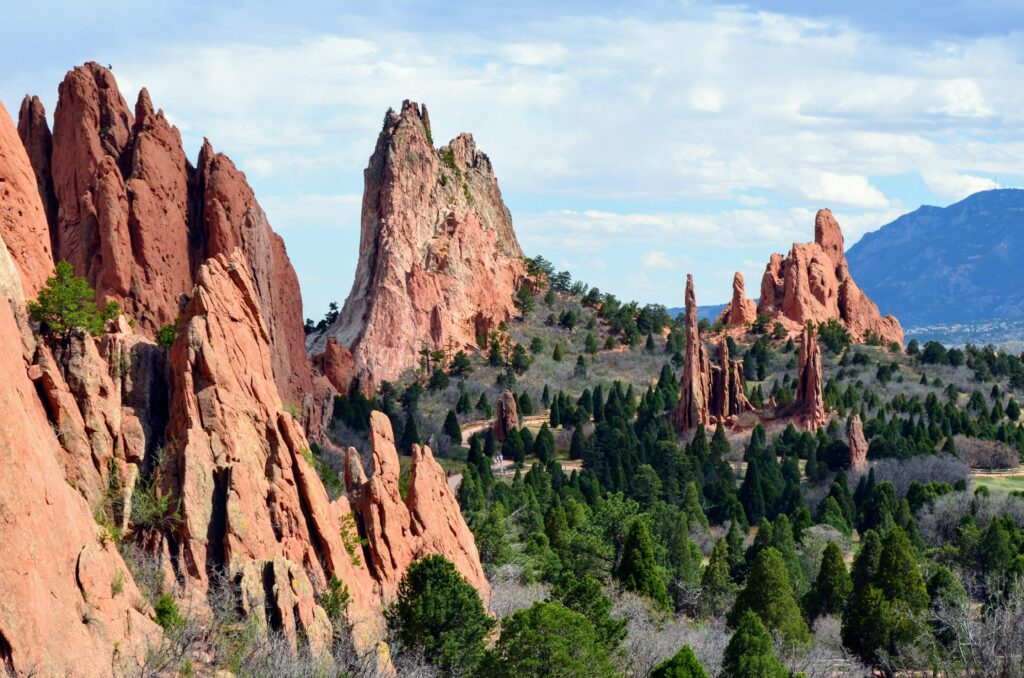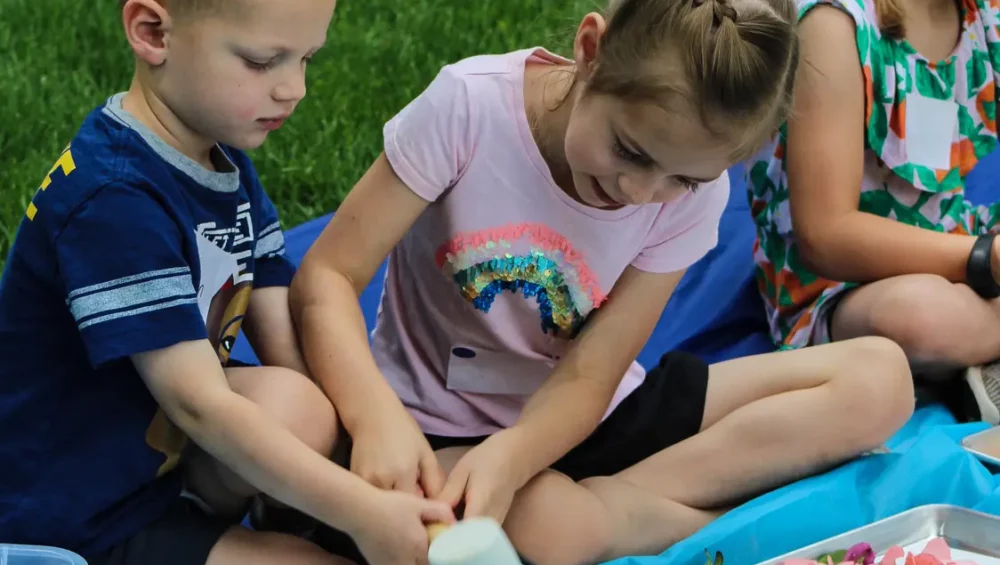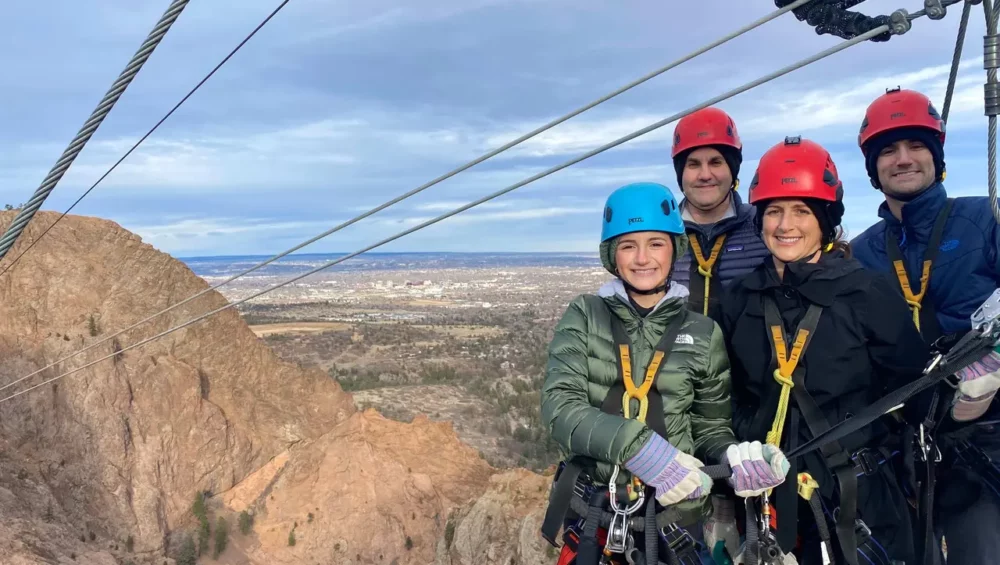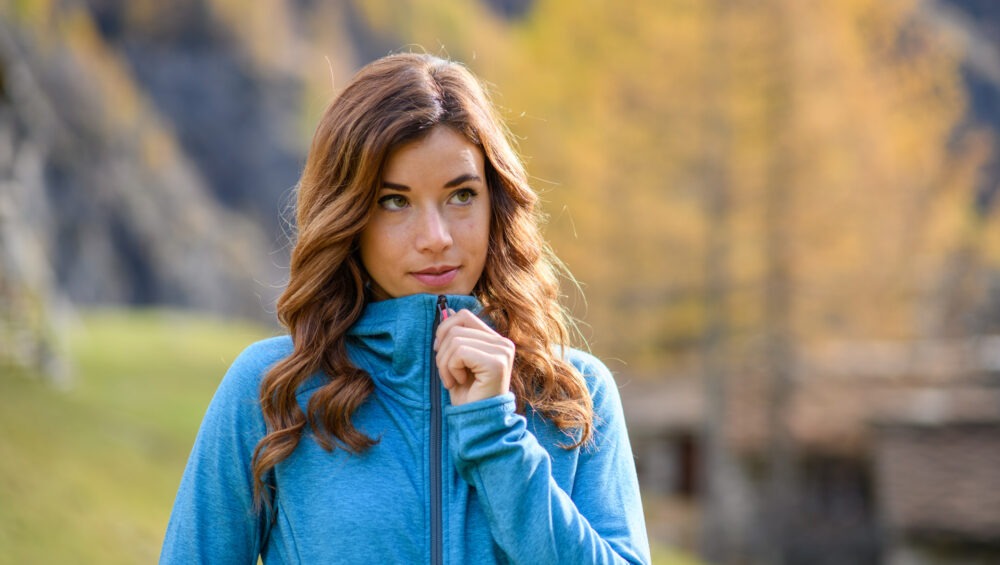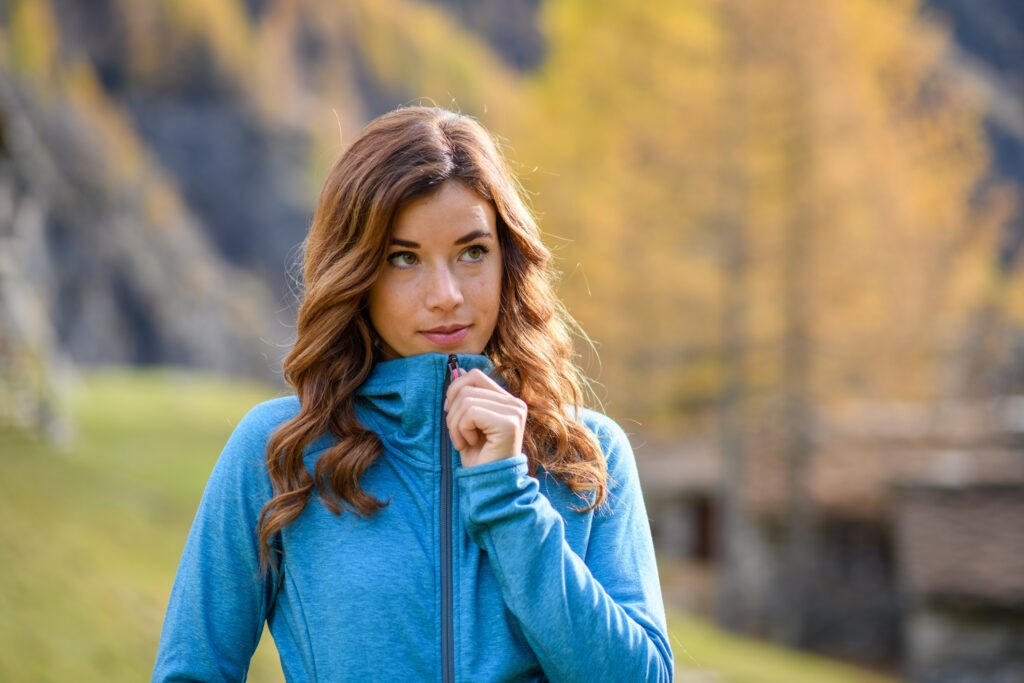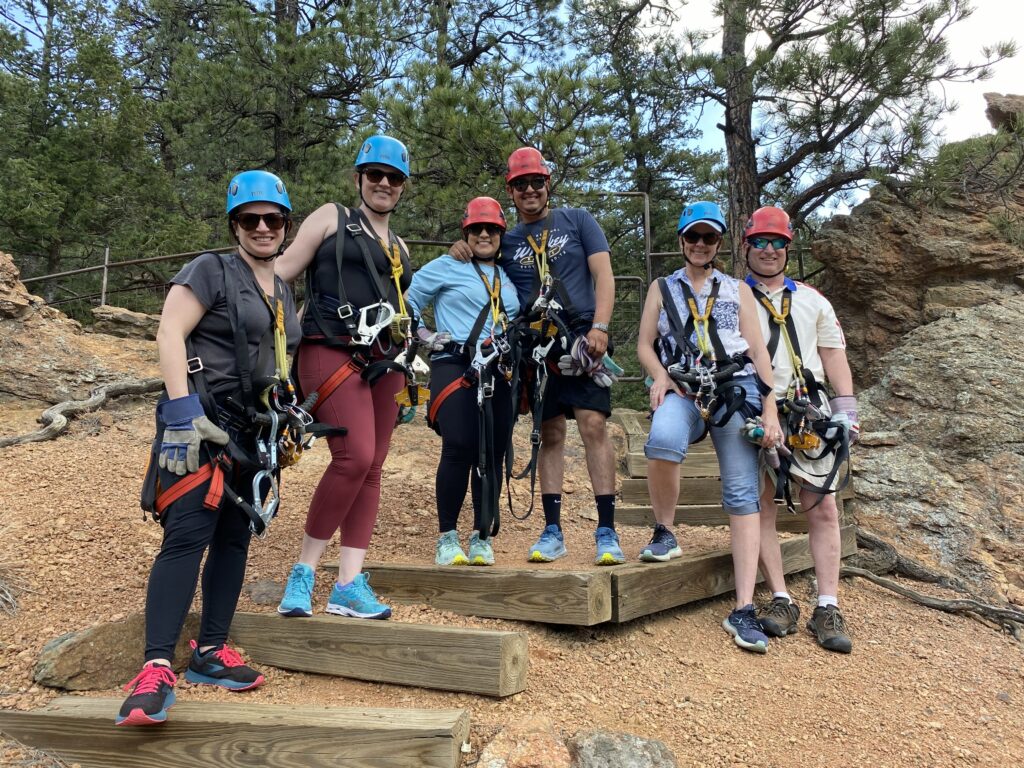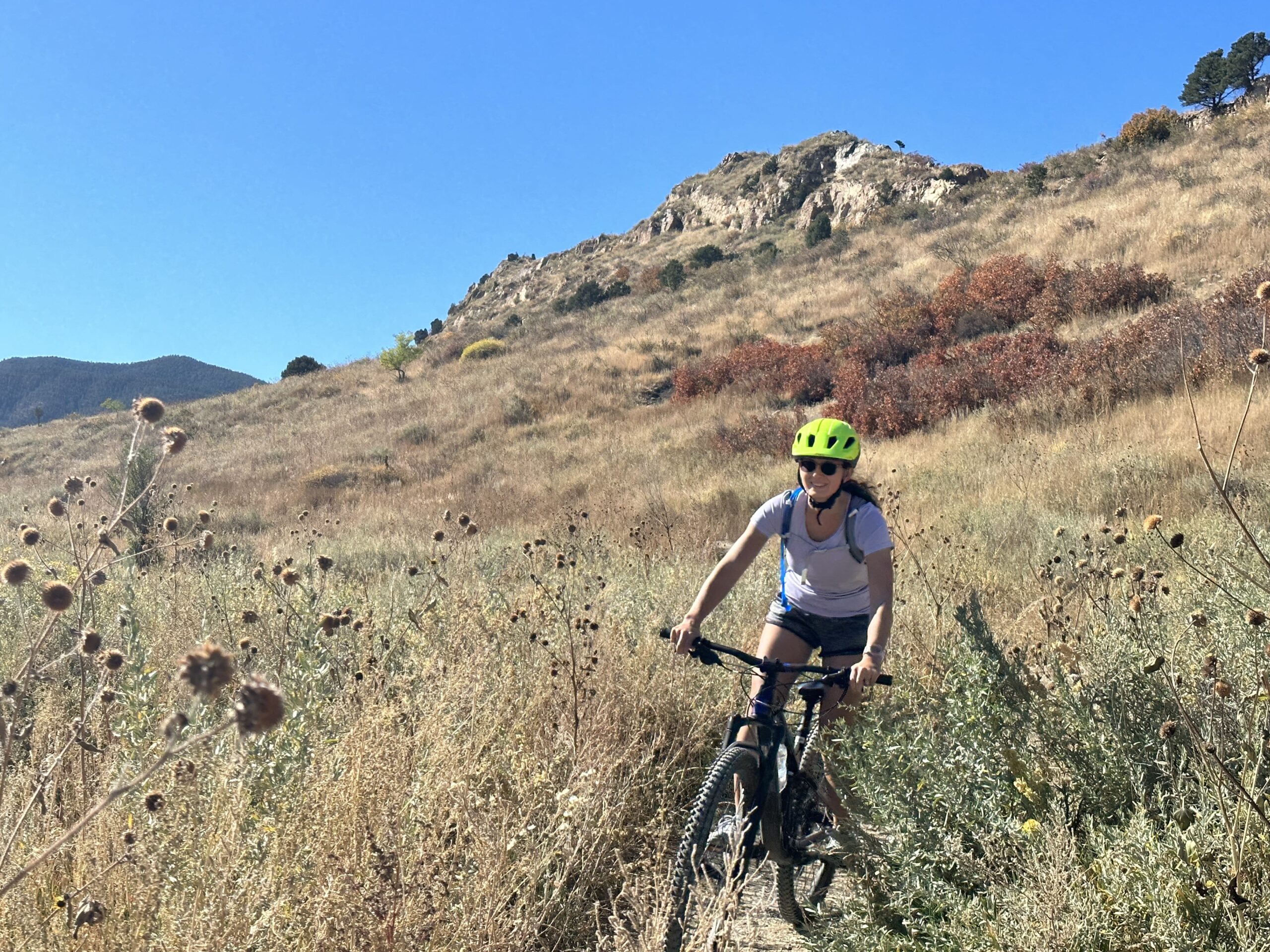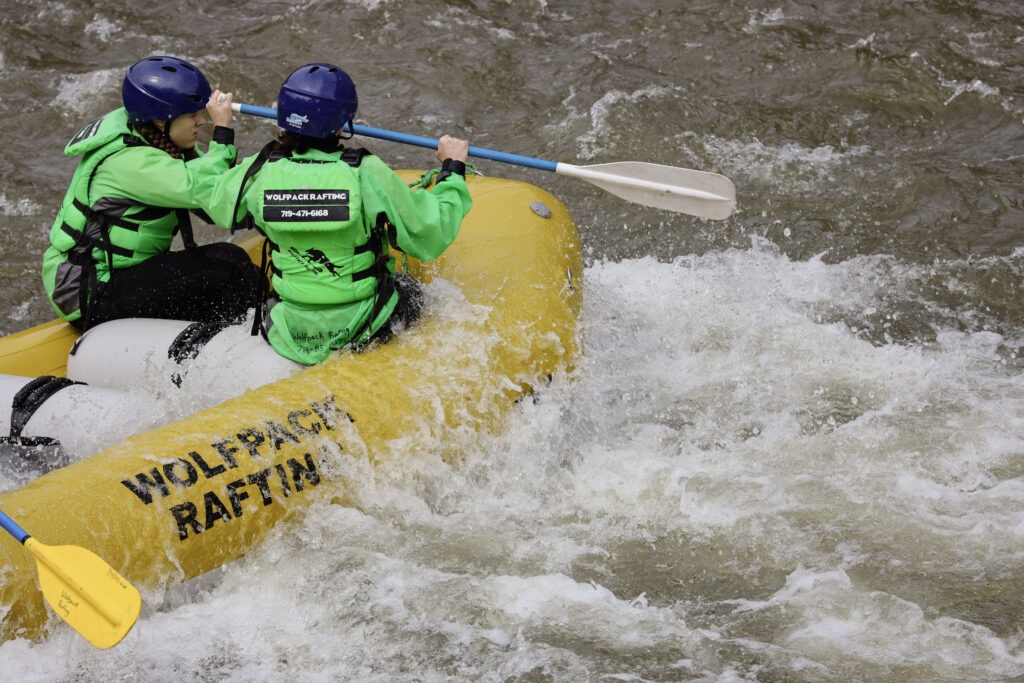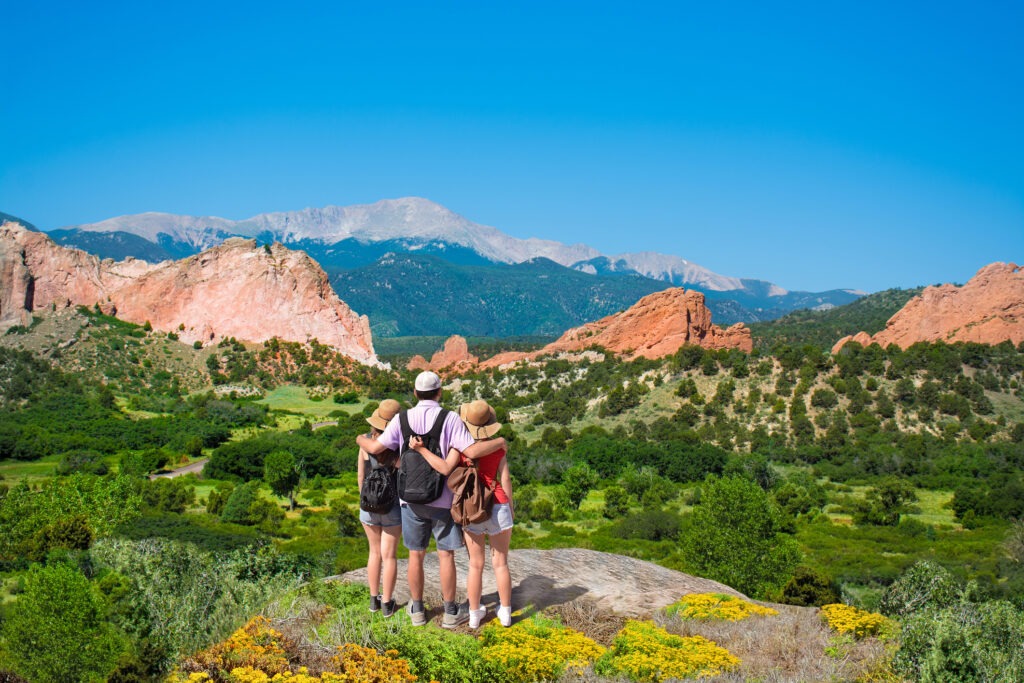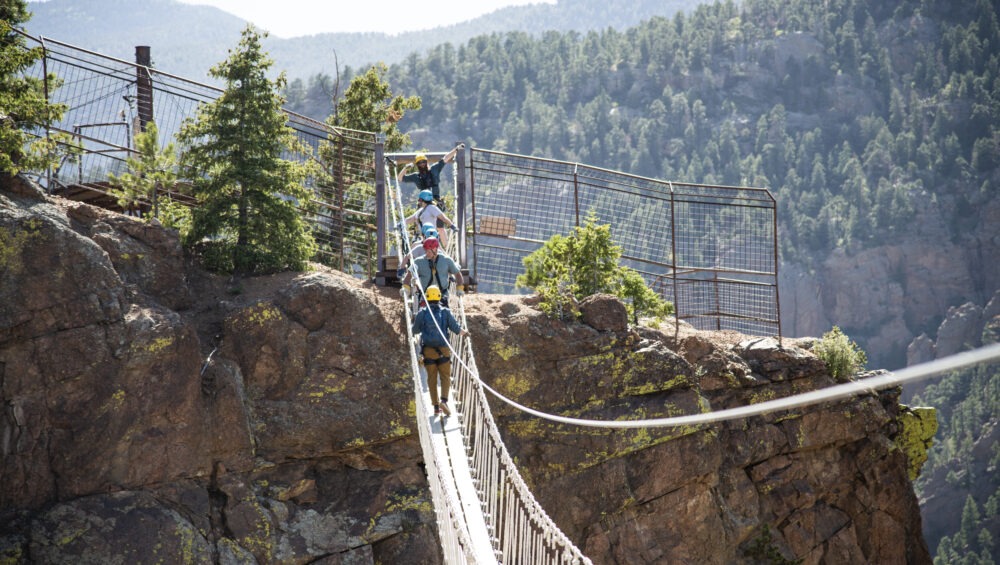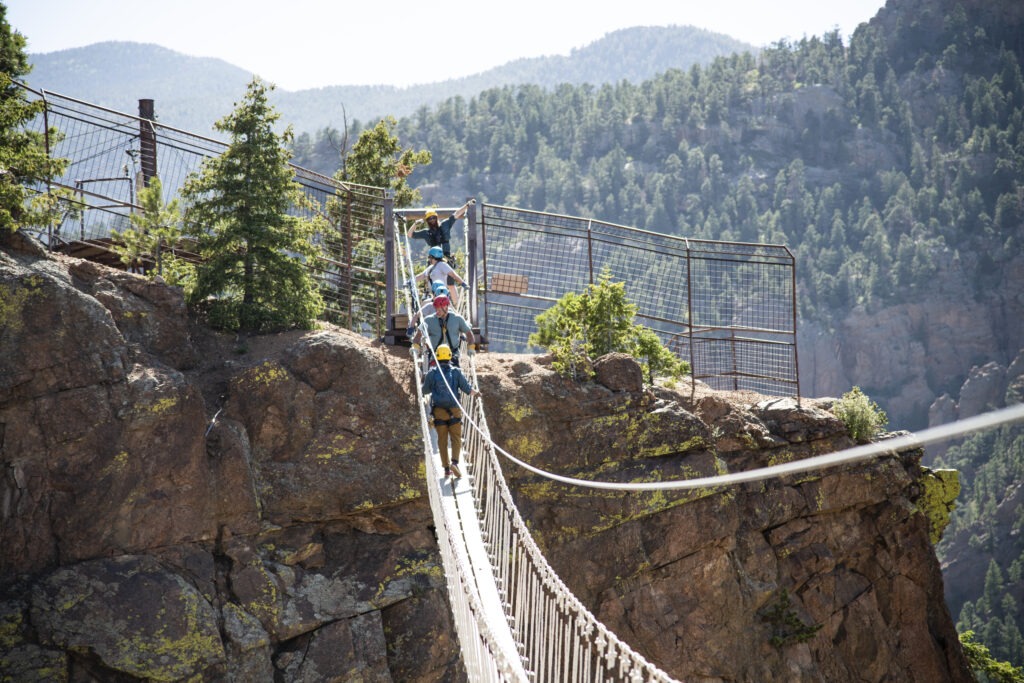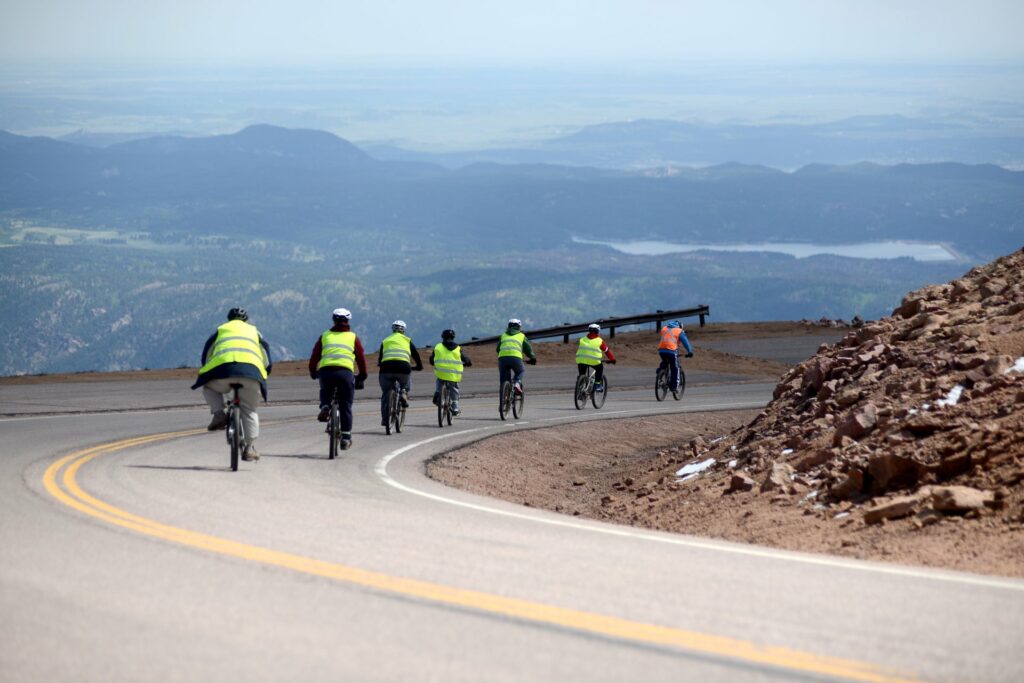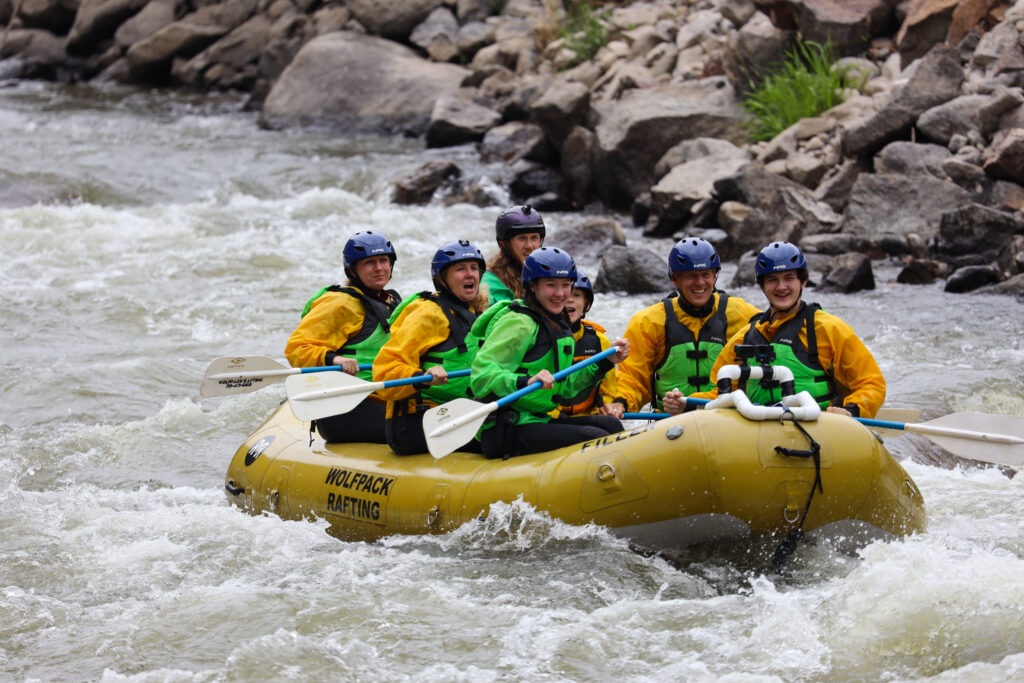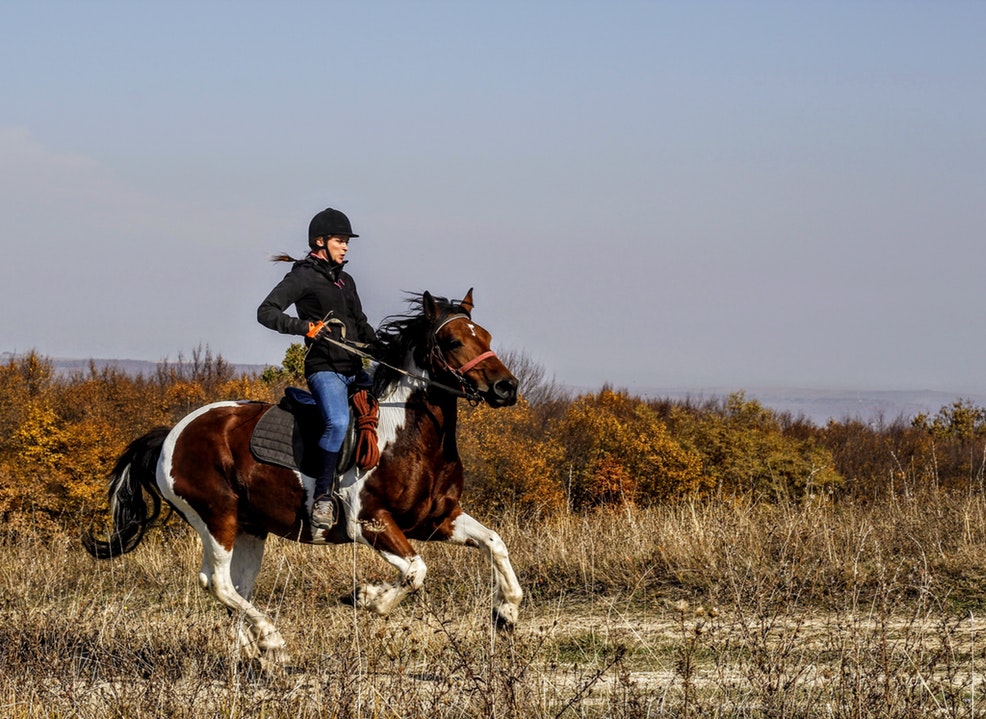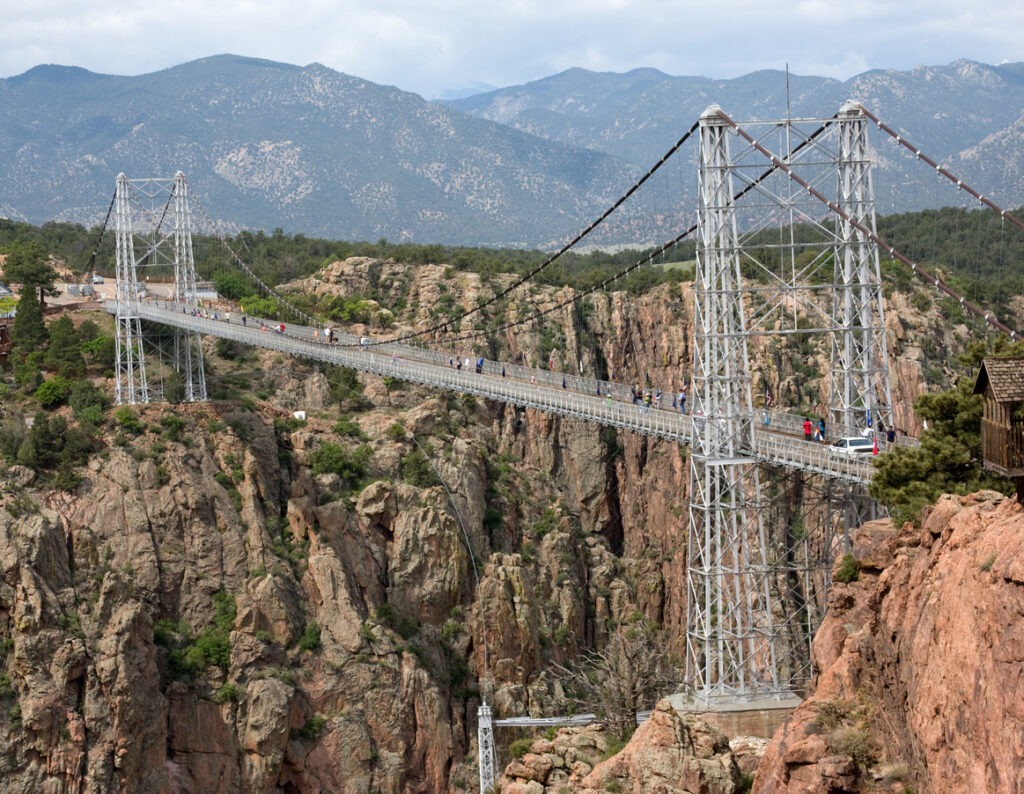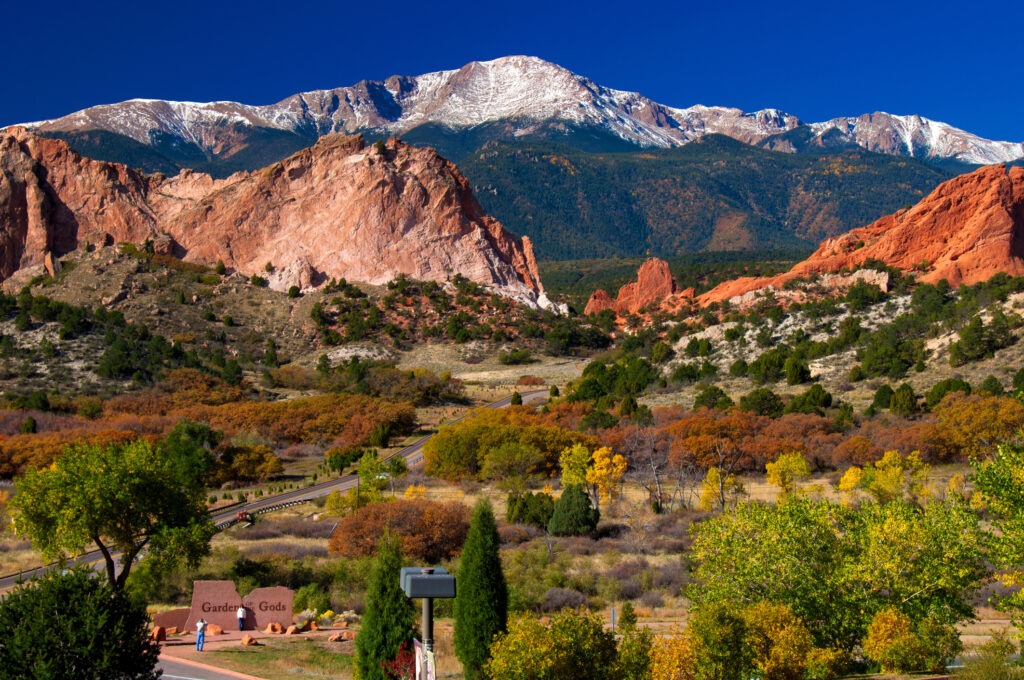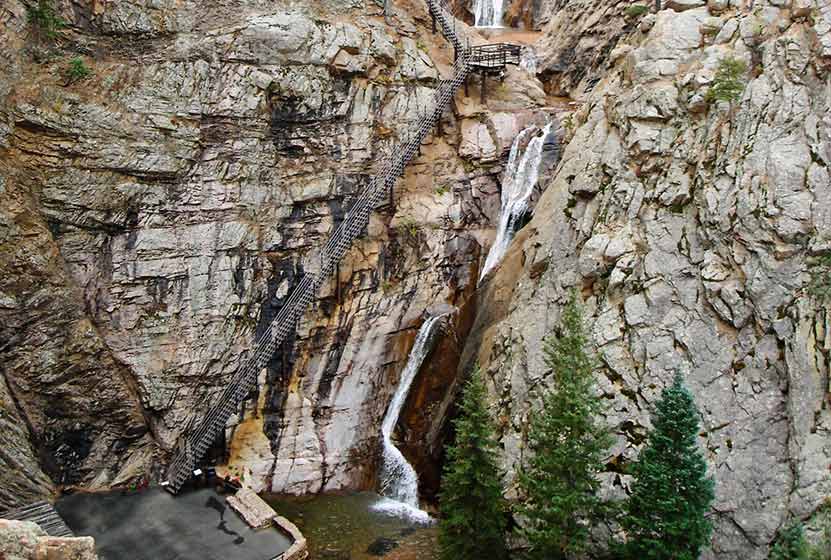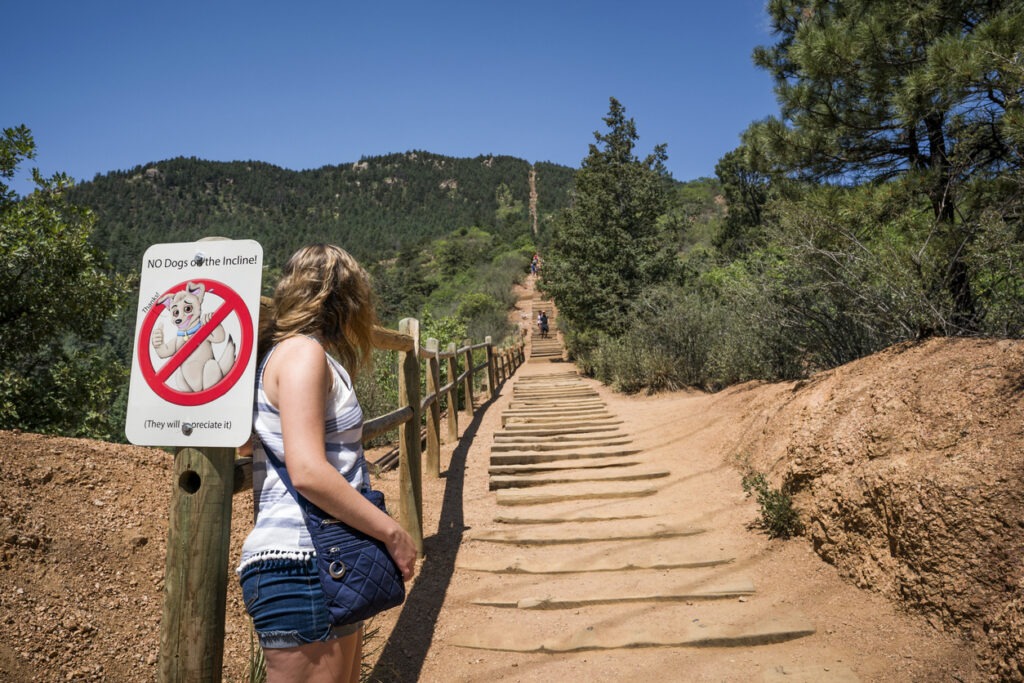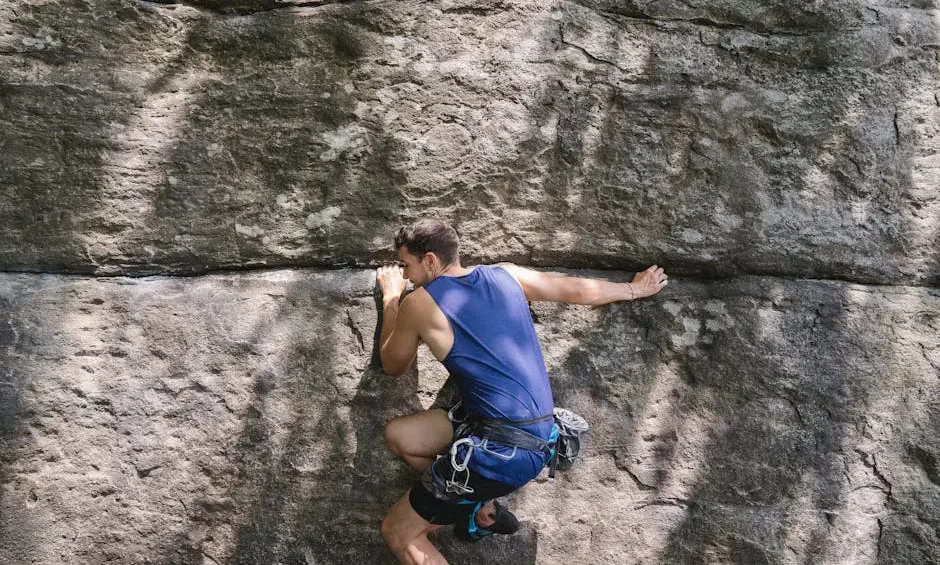Nestled at the foot of the Rockies, Colorado Springs offers an exhilarating playground for adventure seekers. Whether you are a thrill-seeker or a nature lover, this remarkable destination provides a plethora of activities that promise unforgettable experiences. Dive into our handpicked list of Colorado Springs adventure activities to fuel your wanderlust and ignite your adventurous spirit.

1. Exploring Garden of the Gods
Step into the stunning landscape of Garden of the Gods, where towering red rock formations set the stage for an exhilarating day. Whether you choose to hike, bike, or climb these iconic formations, the breathtaking views will leave a lasting impression. Designated as a National Natural Landmark, the park offers a gateway to a world where geology and history collide, with activities such as rock climbing on ancient sandstone displaying a distinct reddish hue unlike any other landscape. For nature enthusiasts, the park welcomes explorers with its various trails that range from easy walks to more challenging hikes, making it a versatile destination for visitors of all ages and abilities. Don’t forget to bring your camera to capture unforgettable moments amidst these striking geological wonders.

For those looking to delve deeper into the park’s history, the Garden of the Gods Visitor & Nature Center provides extensive info on the area’s geology and ecology. This resource is invaluable for those wishing to explore the park’s dense network of biking and hiking trails that stretch across the 480-acre expanse. Aspiring photographers and artists find this locale particularly inspiring, thanks to the dynamic canvases of towering spires and balanced rocks against the backdrop of the Front Range. During your visit, consider joining a guided tour or taking part in their educational programs to gain a new appreciation of the intricate dance between human history and this geological masterpiece.
2. Ziplining Near Seven Falls
Feel the rush of adrenaline as you soar above the deep canyon of Seven Falls. With a series of ziplines offering panoramic views of the canyon, this activity is ideal for thrill-seekers wanting to experience the beauty of Colorado Springs from a unique perspective. Nestled in a picturesque box canyon, Seven Falls is renowned not just for its stunning waterfall sequences but also for its mesmerizing zipline adventure that sends your soaring you over 500 feet above ground. As you clip in and launch off, you’ll glide effortlessly over verdant treetops and relentless cascades, making your heart pound with excitement.

Beyond the thrill of flying over steep cliffs, the surrounding area offers diverse experiences. Explore the picturesque trails that meander through the lush canyon and surrounding wilderness, where you can immerse yourself in the stunning beauty of the Pikes Peak region. Each trail presents a unique opportunity to experience the vibrant flora and fauna, along with the rich history of the area. After an invigorating aerial journey, stop by the Broadmoor’s 1858 restaurant for a meal or refreshments, rounding out a perfect day with delightful, memorable views. Seek out more adventure by participating in guided nature walks, where knowledgeable guides share insights about the local ecosystem and its fascinating inhabitants, or enjoy photography opportunities that showcase the artistry of nature at every turn.
3. Hiking Pikes Peak
Challenge yourself with a hike up Pikes Peak, the crown jewel of the Rockies. The famous Barr Trail offers a heart-pounding trek to the summit, rewarding hikers with unforgettable vistas that stretch for miles. Standing at 14,115 feet, Pikes Peak is more than just a climb; it’s an emblem of perseverance and a testament to human endurance. The journey to the top is anything but ordinary as the trail winds through diverse ecological zones, offering a succession of sights like verdant forests, alpine meadows, and mysterious cloud-kissed landscapes.
Beyond the physical testing of mettle, the summit offers a reward of its own. Forget the cameras essential for capturing moments, because this experience demands you to pause and savor every second. Once at the summit, hikers often find themselves reflecting upon the majesty of expansive views that opened up below, painting a panoramic scene that seems pulled from the dreams. For those less inclined to hike, the Pikes Peak Cog Railway offers an alternative route to the summit, ensuring everyone can experience this breathtaking piece of Colorado Springs. To prepare for this challenging trek, remember to acclimate properly and bring essential gear such as water, layered clothing, and energy-packed snacks.
4. Whitewater Rafting on the Arkansas River
Experience the thrill of battling class III and IV rapids on the Arkansas River. Known for its exciting rides and stunning scenery, this river promises a day packed with adventure and fun for both novice and seasoned rafters. Set amidst the sweeping canyons of Colorado, the river offers roaring rapids that promise to drench rafters in both water and adrenaline. Embark on this whitewater escapade with friends and family, forging lasting bonds as you navigate through the relentless forces of nature while marveling at the awe-inspiring vistas of the surrounding wilderness.

The Arkansas River’s diverse rapids provide opportunities for both skill-building and heart-pounding excitement. As you guide your raft through relentless waves and swirling currents, pause to appreciate the rich biodiversity that inhabits the river’s edges, including a variety of wildlife. To maximize your experience, consider connecting with seasoned guides who are well-versed in local lore and environmental dynamics, enhancing your understanding and appreciation for this natural marvel. Safety is paramount, so ensure that you have all the necessary gear and a reliable guide to navigate the tricky waters, especially if you’re a first-time rafter.
5. Rock Climbing in Red Rock Canyon
Red Rock Canyon’s sheer cliffs and intricate routes offer an ultimate climb for rock enthusiasts. Whether you’re a beginner or a seasoned climber, the canyon provides numerous challenges with rewarding views at each peak. The rugged terrain offers routes that vary in difficulty, ensuring there’s something for everyone from novices to experienced adventurers. Equipped with the right gear and guidance, climbers are treated to a breathtaking panorama of the canyon’s untamed beauty, capturing the rich hues of sandstone and gnarly silhouettes of juniper.

As you scale the canyon walls, it’s easy to get lost in the serenity of clear blue skies contrasting dramatically against the red rock formation. It’s essential to come prepared, with the proper climbing equipment, and familiarize yourself with the canyon’s distinctive features and climbing routes. Additionally, the area offers amenities such as picnic spots and trails, making it an ideal location for a day full of outdoor pursuits. When planning a climbing trip here, consider blending your adventure with a guided tour offered by Broadmoor Outfitters,
6. Horseback Riding Through the Mountains
Experience the thrill of horseback riding through the breathtaking mountains with Old Stage Riding Stables. Nestled in the stunning landscapes of Colorado Springs, this adventure offers a unique blend of excitement and tranquility as you navigate scenic trails that wind through the rugged terrain. Feel the rhythm of nature as you trot along paths edged with towering pines and captivating vistas, embracing the freedom of the open air.
With each ride, you’ll have the opportunity to witness the region’s abundant wildlife up close, including majestic elk, graceful deer, and various bird species flitting through the trees. Guided by seasoned wranglers, your journey will not only immerse you in the beauty surrounding you but also enrich your understanding of the local ecology and history. Whether you’re an experienced rider or a newcomer to horseback riding, Old Stage Riding Stables provides personalized experiences that cater to all skill levels. Escape the hustle and bustle of daily life and allow the gentle sway of your horse to transport you into a serene adventure among the majestic Colorado mountains.
For more personal encounters with the region’s natural wonders, seasoned guides offer tours that enhance your ride with tales from the region’s rich history and ecology. Experience the camaraderie of group rides or embrace the solitude in a lone tour, as each offers unique opportunities to engage with the diverse ecosystem and vibrant cultural tapestry woven into the history of the plains. No matter your experience level, these trails offer an introduction or reintroduction to a timeless way of experiencing the great outdoors. Whether you’re searching for a casual afternoon ride or an adventurous exploration of the open landscape, horseback riding in Colorado Springs is an unforgettable outing.
7. Hot Air Ballooning at Sunrise
Witness the magic of dawn as you glide through the sky in a hot air balloon. The gentle ride offers sweeping views of the landscape, providing a serene and picturesque start to your day. As the sun ascends, painting the sky in a symphony of colors, the tranquility of floating high above untouched lands provides an unforgettable spectacle. Admiring the majesty of the Rockies and the expanse of the Colorado Springs from a bird’s-eye view elevates the experience, offering an unhurried reflection of nature’s beauty.
This peaceful aerial adventure isn’t just a flight; it’s a way to gaze upon the world from a perspective few are lucky enough to enjoy, with rolling plains, lush forests, and dramatic mountain peaks stretching as far as the eye can see. Engaging a seasoned flight crew enhances the journey, providing indispensable safety assurances and fascinating insights into ballooning, covering everything from navigation techniques to the finer points of Colorado’s unique weather patterns. After touching down, conclude your morning with a celebratory toast, reminiscing about the dreamlike journey just gone by.
8. Mountain Biking Adventures
Navigate the rugged terrains of Colorado Springs on two wheels. The area features a vast network of trails catering to all skill levels, ensuring a thrilling ride through forests, canyons, and open plains. With paths that wind through breathtaking landscapes rich in diverse flora and fauna, every ride is an opportunity to connect with nature. Whether you’re speeding down challenging trails or coasting through tranquil paths, mountain biking here offers a pulse-pounding adventure amidst some of Colorado Springs’ most picturesque locales.

For those keen on escalating their biking pursuits further, local adventure guides introduce you to little-known trail gems and provide recommendations for safety gear suitable for varying conditions. Exploring the wide variety of trails available in the region offers cyclists endless possibilities to test their skills in versatile terrains, from dizzying downhill descents to heart-stirring uphill climbs. A thrilling ride through these natural landscapes is educational too, with areas of historical significance and wildlife habitats offering interesting stops along the way. Ensure your gear is properly maintained for safety and consider a guided mountain biking tour to enhance your adventure.
9. Caving in Cave of the Winds
Explore the geological marvels hidden beneath the surface at Cave of the Winds. The guided tours offer an intriguing journey through winding tunnels and ancient formations, perfect for thrill-seekers with a curiosity for the underground. Unearth the mystery of subterranean wonders, as guides shed light on awe-inspiring stalagmites and stalactites formed over millions of years. Each step taken in this underground world transports you into an ethereal realm, where geology and adventure intertwine in ways few activities offer.
Beyond simple exploration, these expertly curated tours emphasize sustainable interaction with the caves and canyon, ensuring minimized impact on this fragile ecosystem. Transiting from cavernous chambers to narrow passageways, photographers and adventure enthusiasts are bound to discover endless opportunities for capturing videos in fascinating compositions, steeped in geological significance. For those drawn to the mysteries beneath, Cave of the Winds not only enriches the adventurous spirit but fosters a deeper understanding and appreciation of the intricate processes shaping our earth. Be sure to book in advance, as this popular attraction fills up quickly.
10. Scenic Drives Through the Rockies
Discover Colorado Springs’ scenic beauty from the comfort of your car. The scenic byways and winding roads through the Rockies provide countless photo opportunities and breathtaking views waiting to be explored. This road trip experience captivates wanderlust hearts and offers an induction into the raw beauty that defines the Rockies. From the gold-dappled leaves of fall to the snow-laden branches painting ethereal winter landscapes, every bend holds its natural surprises, transforming commute into a journey rife with awe.
To make the most of this scenic experience, plan stops at key overlooks and points of interest peppered along the way. These drives facilitate exploration of the Rockies’ natural splendor while also serving as gateways to secret trails and charming towns, each with its own allure. Consider combining a drive with a visit to the many historical and cultural attractions that dot the landscape. Allow the emerging beauty of these vistas refresh your spirit as you travel from one breathtaking viewpoint to the next on this unforgettable journey.

